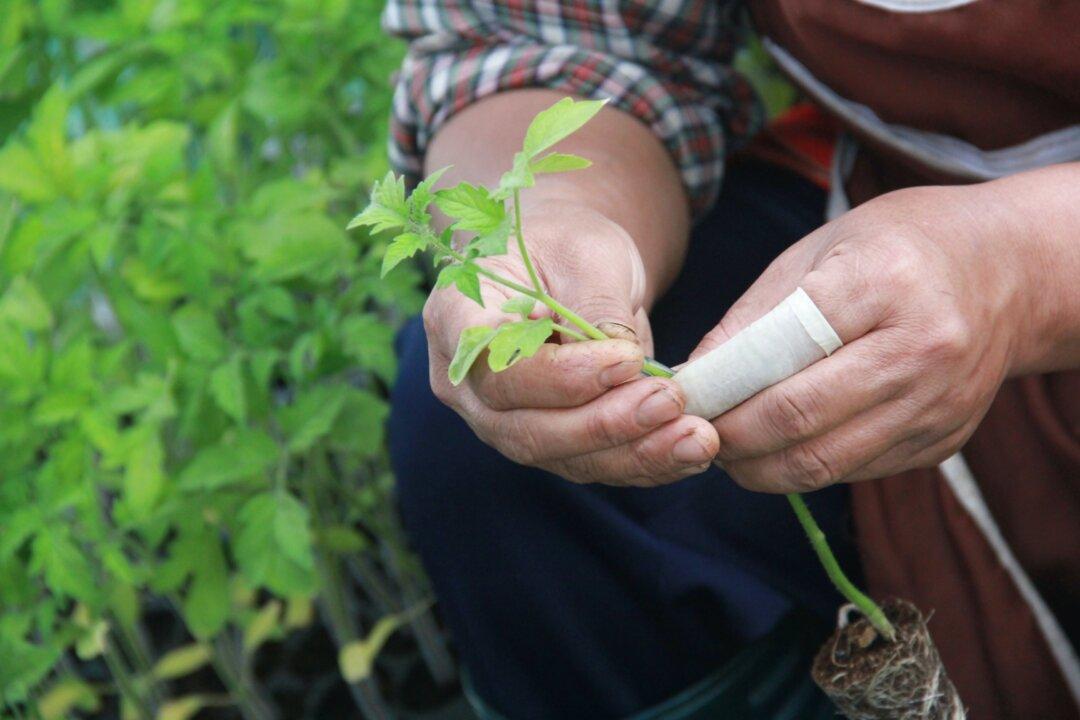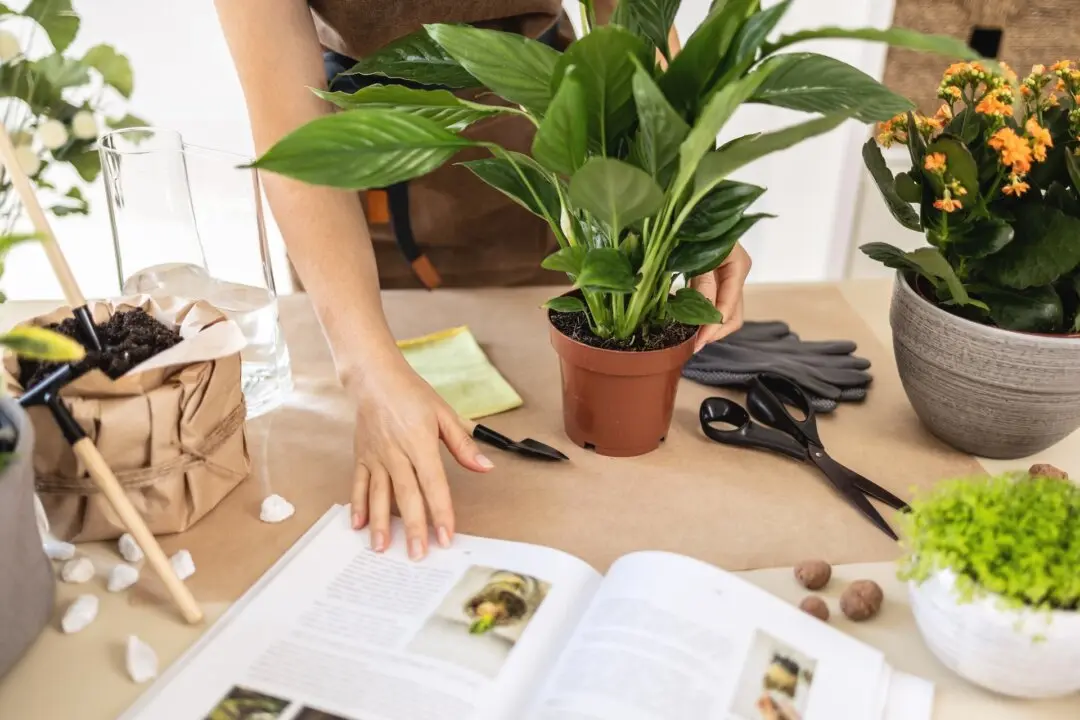Q: I saw your YouTube short video that gave a couple of tips on buying and planting grafted tomatoes, but I don’t understand why you would graft two tomato plants together. It seems like they would be very expensive, and I don’t see any benefit.
A: There are two types of grafted vegetables. First, you can graft two different kinds of tomatoes onto the same plant. You can have two types of tomato fruit in the growing space of one tomato plant. So on a patio in one pot, you can harvest two types of tomatoes, peppers, or other grafted vegetables.





